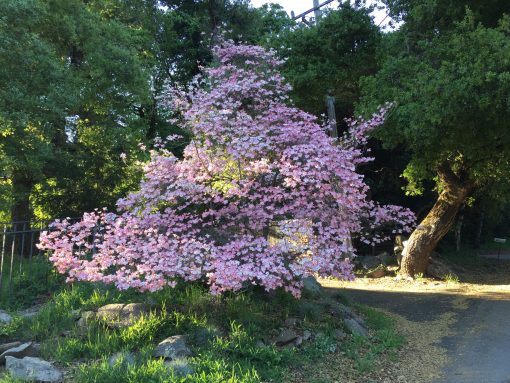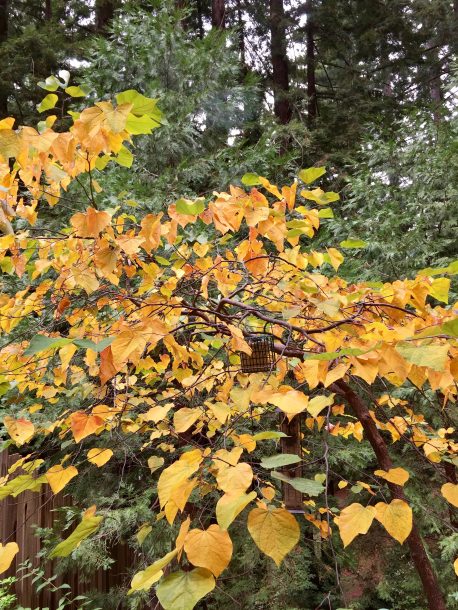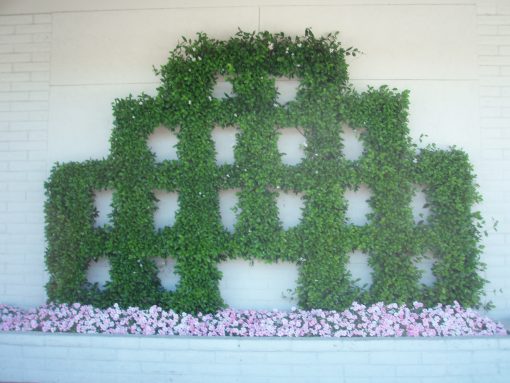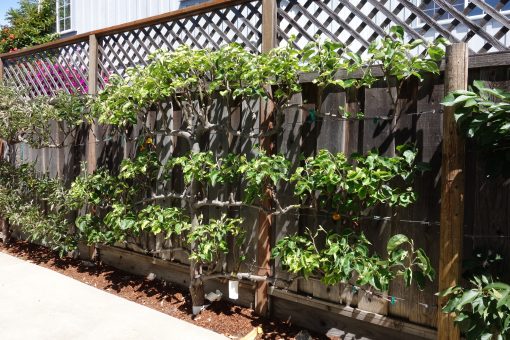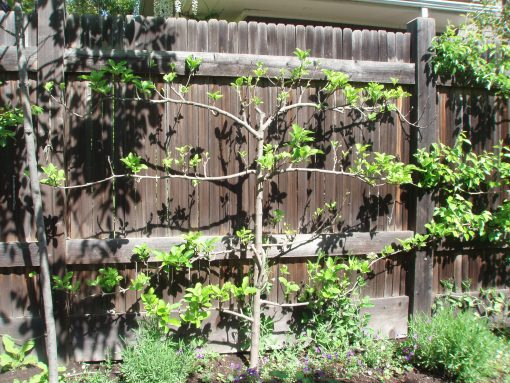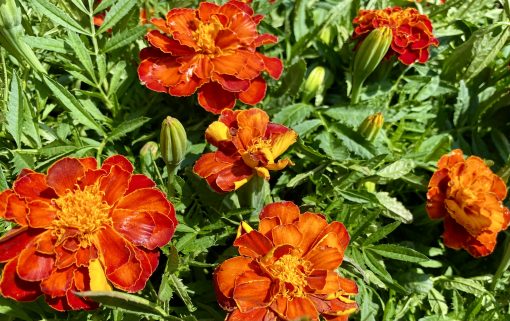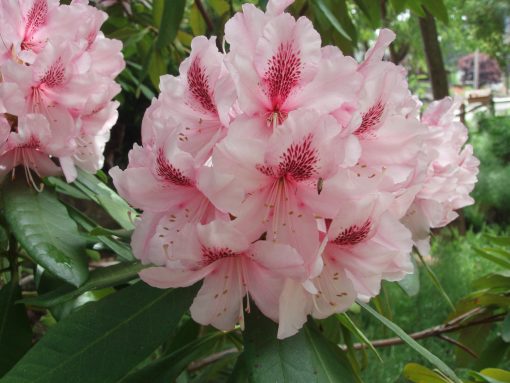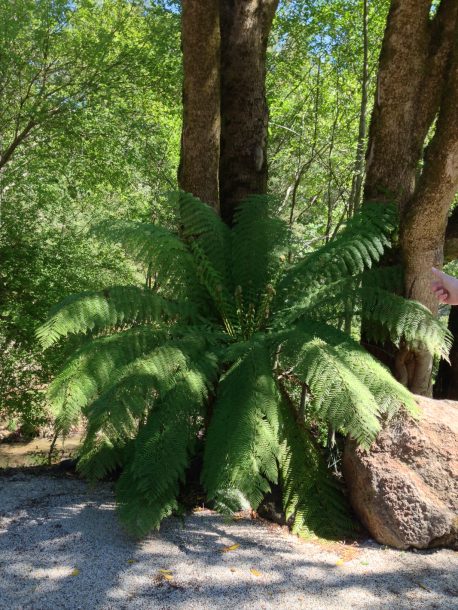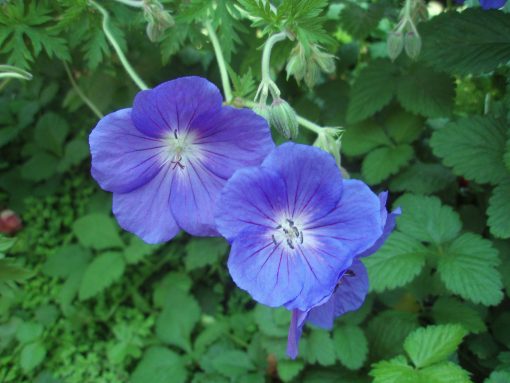
Last fall my neighbor planted the slope in front of their house with hardy geraniums- lots of them. Over the winter they were looking a bit scraggly and I was worried that maybe they had chosen the wrong ground cover for their situation. But no, come last spring their rich blue geranium ‘Rozanne’ burst into bloom and it’s a site to behold.
Most people use the common name geranium to describe what is actually a pelargonium. Ivy geraniums, Martha Washington pelargoniums and zonal geraniums are all pelargoniums. Hardy geraniums, also called cranesbill, look very different. Leaves are roundish or kidney-shaped and usually lobed or deeply cut. Flower colors include beautiful blue, purple, magenta, pink or white and often completely cover the plant with color. I’ll bet if you visited a garden on a tour or admired a picture in a garden magazine it contained true geraniums. Here are just a few strong performers available among the dozens of species.
Geranium maderense grows best in shade. This dramatic native of Madeira is the largest geranium with huge 1-2 foot long leaves shaped like giant snowflakes. Clusters of thousands of rose tinted flowers form on a 3 foot trunk. This perennial is short-lived but self sows freely. Add some of these architectural plants to your border for color and structure.
Blue flowers in the garden are always a hit as they combine so well with other colors. Geranium Orion‘s abundant clear blue flower clusters bloom over a long season. Use this 2 foot spreading plant in sun or part shade in a mixed border or as a groundcover. There are other blue flowering geraniums. I grow geranium ‘Brookside’ on my own garden. It’s on the second round of blooms. It’s large bright blue flowers are larger than ‘Johnson’s Blue’. ‘Rozanne’ is another common favorite with stunning blue flowers.
Looking for a fast growing variety? Geranium incanum which covers itself spring through fall with rosy violet flowers, fits the bill. Cut back every 2-3 years to keep neat. This variety endures heat and drought better than other types but needs some summer water. It self seed profusely which might be exactly what you want for a groundcover in a problem area.
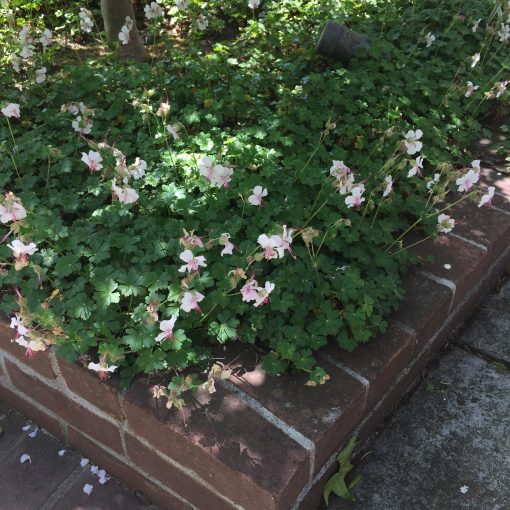
If pale pink is your color, plant geranium x cantabrigiense ’Biokova’. This excellent groundcover spreads slowly. The numerous one inch flowers are long lasting and cover the plant from late spring to early summer. Their soft pink color is indispensable when tying together stronger colors in the border and the lacy foliage is slightly scented.
Another geranium in the same family is ‘Karmina’. I’ve been growing this dark pink flowering variety for several years. With lush green leaves on a low spreading plant it’s pretty even when not in bloom.
There are a couple other varieties that are popular and deserve a try. They are Award Winning ‘Mavis Simpson’ and ‘Russell Pritchard’. Both have bright pink or purple flowers and make good additions to your perennials.
Give the hardy geranium a place in your garden.

